Description
Ergotamine: The Dangerous Alkaloid
Introduction
Ergotamine is a naturally occurring alkaloid derived from the ergot fungus (Claviceps purpurea) that infects cereal grains such as rye. Historically, ergot poisoning, also known as ergotism, has been responsible for numerous outbreaks of illness, particularly in the Middle Ages, when contaminated grain was a common food source. Ergotamine and related ergot alkaloids can cause severe vasoconstriction, leading to dangerous physiological effects.
Source and Occurrence
Ergotamine is produced by the ergot fungus, which grows on grasses, especially rye and other cereals. It is harvested and used for its medicinal properties, particularly for the treatment of migraines, but it is also toxic in higher doses. In the past, outbreaks of ergotism, also known as “St. Anthony’s Fire,” occurred when people consumed bread made from grain contaminated with the ergot fungus.
Mechanism of Action
Ergotamine works by binding to serotonin, dopamine, and adrenergic receptors, causing constriction of blood vessels. This vasoconstriction can be beneficial in small, controlled doses to alleviate migraines by narrowing blood vessels in the brain. However, in larger doses, ergotamine can cause prolonged vasoconstriction, leading to ischemia (reduced blood flow), gangrene, and other serious health issues.
Symptoms of Poisoning
Ergotamine poisoning manifests through two primary types of ergotism:
- Convulsive Ergotism: Symptoms include seizures, muscle spasms, hallucinations, and mental disturbances. This type of poisoning is caused by the neurotoxic effects of ergot alkaloids on the central nervous system.
- Gangrenous Ergotism: Severe vasoconstriction leads to reduced blood flow to the extremities, causing pain, numbness, and the eventual development of gangrene in the hands, feet, and limbs. In extreme cases, the affected tissue may require amputation.
Other common symptoms of ergotamine poisoning include nausea, vomiting, diarrhea, and abdominal pain. Chronic exposure can lead to more severe symptoms, such as psychosis, convulsions, and death if left untreated.
Lethal Dose and Time to Kill
The lethal dose of ergotamine varies based on individual tolerance and the route of exposure. Generally, 2 mg of ergotamine can cause vasoconstrictive symptoms, and higher doses can lead to more severe effects. The LD50 (lethal dose for 50% of the population) for ergotamine is estimated to be around 20 mg/kg in humans. Death from ergotamine poisoning, if it occurs, can take days to weeks, depending on the dose and the duration of exposure, with gangrene and multiorgan failure being the primary causes of death.
Treatment
There is no specific antidote for ergotamine poisoning, and treatment focuses on supportive care and symptomatic relief:
- Vasodilators: Drugs that widen blood vessels may be used to counteract the vasoconstriction caused by ergotamine.
- Activated Charcoal: In cases of recent ingestion, activated charcoal may be administered to prevent further absorption of the toxin.
- Pain Management: Pain relief, particularly in cases of gangrenous ergotism, is critical.
- Surgical Intervention: In severe cases, amputation may be required to remove gangrenous tissue.
Detection in Autopsy
Ergotamine poisoning is difficult to detect post-mortem, as it leaves few traces in tissues. However, ergot alkaloids can be detected in biological samples (such as blood or urine) through advanced laboratory techniques like high-performance liquid chromatography (HPLC) or mass spectrometry. These tests can confirm the presence of ergotamine in cases of suspected poisoning.
Medicinal Uses of Ergotamine
Despite its toxicity, ergotamine has medicinal uses, primarily for treating severe migraine headaches. It works by causing vasoconstriction of dilated blood vessels in the brain, which helps alleviate migraine symptoms. However, its use is carefully controlled to prevent the toxic effects associated with overdose.
Conclusion
Ergotamine, a powerful alkaloid derived from the ergot fungus, has played a significant role in both historical outbreaks of poisoning and modern medicine. While beneficial in small, controlled doses for treating migraines, ergotamine’s toxic potential makes it a dangerous substance when consumed in excess. Understanding its effects and dangers is crucial for both historical and medical contexts.

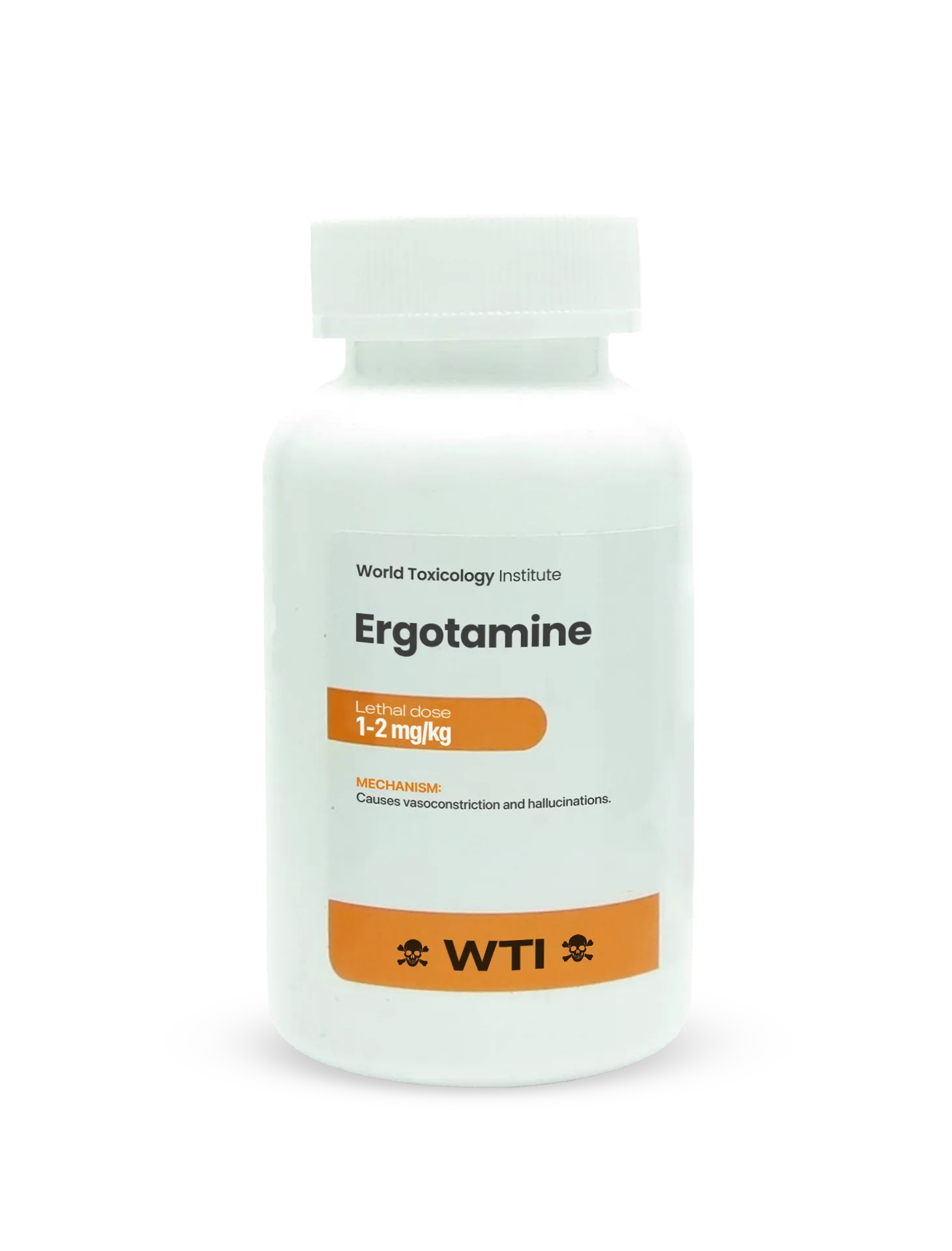
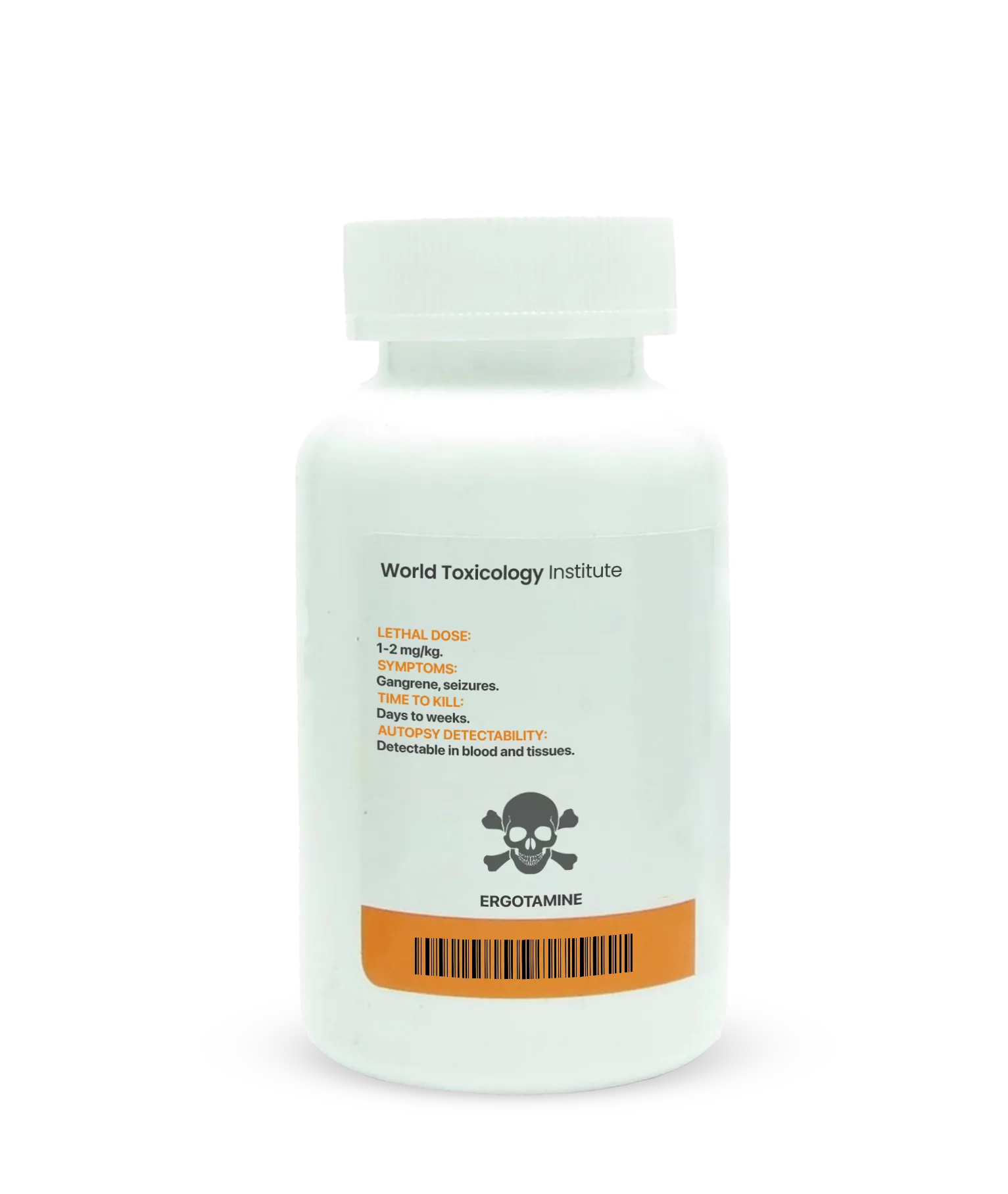


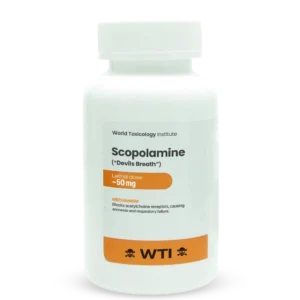
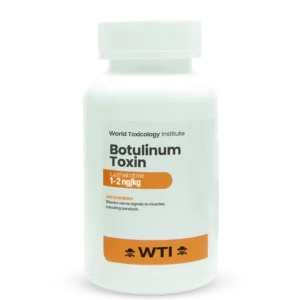
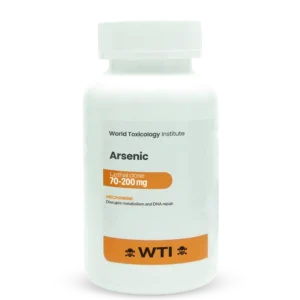
Reviews
There are no reviews yet.